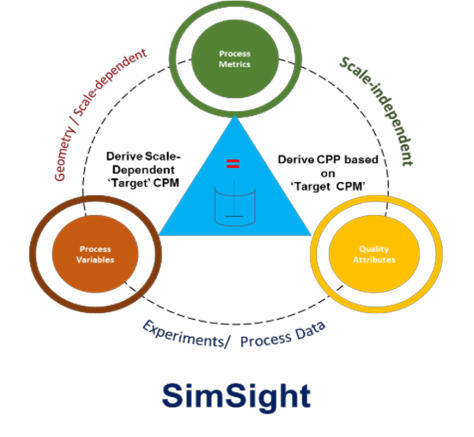Quantitative Process Understanding - Process Metrics
Process understanding is best represented using quantitative relationships between process parameters or PPs (such as impeller speed, liquid volume, solids loading etc.) and “Process Metrics” (PM).
A PM is a physical variable that describes some aspect of the internal environment of a unit operation. For instance, in an agitated vessel bioreactor, the shear rate near the impeller is a PM with specific reference to oxygen transfer. Thus, PMs describe the processing ‘micro-environment’ for a given unit operations equipment or ‘process asset’.
Generally speaking, maintaining these PMs at the same (or nearly same) values across scales is a necessary condition for maintaining product quality and process performance during scale-up or scale-down.
Further, PMs are usually related to the flow environment (which in turn depends on equipment geometry) existing within the process asset and due to this dependence, the so-called ‘transport effects’ come into play during scale or equipment transfer.
When a process asset has well-defined PP-PM relationships, it is said to be “fully characterized” from the viewpoint of fundamental process understanding. PP-PM relationships also encode the geometry-dependent aspects of process understanding.

Process Metrics and Computational Modeling
In the past, before computational modeling became a viable means for determining flow patterns and transport effects, generic correlations were used to estimate some (but not all) relevant PMs. It was clearly recognized even then, that correlations fell short in terms of satisfying the need to reliably determine asset-specific, ‘geometry-aware’ values for PMs. With the advent of computational flow modeling for fluids (CFD) and solids (DEM), the estimation of PMs that are relevant to a process is a relatively straightforward exercise. In fact, using a fairly well-established methodology, a comprehensive characterization of a process asset can be performed with a very small resource investment.
A good computational model for the process, however, is a necessary but not sufficient condition. In addition to such models, it is important to develop an appropriate framework which allows development of quantitative PP-PM relationships and facilitates new insights into a process.
The overarching goal of such a framework is “ to deliver the last mile in process understanding”, i.e., put process knowledge in the hands of process engineers. In other words, it will provide engineers with user-friendly tools and workflows that leverage PP-PM relationships for process development and transfer activities.

